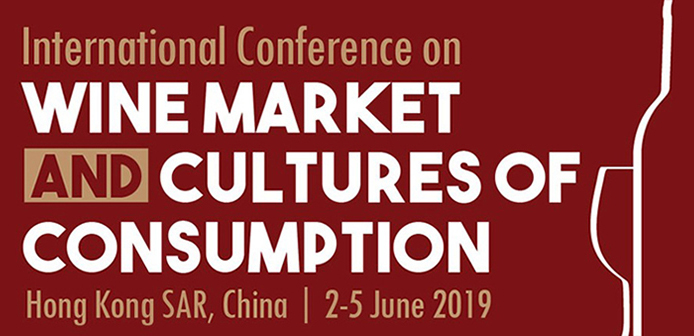 |
Biography:
Dr. Caroline Le Goffic is an Associate Professor of law at Paris Descartes University (France), and a Professor at Sorbonne University in Abu Dhabi (United Arab Emirates). She wrote her doctoral dissertation on the protection of geographical indications in the European Union and in the United States. She specializes in intellectual property law and is the director of a Master’s Degree in Dalloz IP/IT law at Paris Descartes University.
Presentation Title:
International Rules on the Protection of Geographical Indications for Wines: Past, Present and Future Perspectives
(English translation provided by author followed by original French abstract)
Abstract:
This presentation will retrace the main steps in the adoption of the international rules which govern the protection of geographical indications for wines. It will present and discuss the current and future issues and debates.
At the end of the XIXth century / beginning of the XXth century, the first international conventions relating to the protection of GIs were adopted. The earliest one, the Paris Convention (1883), which deals with all industrial property rights, contains provisions on “indications of source or appellations of origin” (since the 1925 revision). The subsequent Agreements concluded under the aegis of the Paris Union (the Madrid Agreement of 1891 and more importantly the Lisbon Agreement of 1958) define an international framework for the protection of geographical indications. Notably, the Madrid Agreement singles out geographical indications for wines by granting them a higher degree of protection than to other GIs. Thus, the special place of wines in international trade will be addressed. The Lisbon Agreement established a much more developed framework for protection, and holds promising future perspectives as it was revised in 2015 by the Geneva Act and as the European Union will soon become a member.
From a trade-related point of view, the key Convention is the TRIPS Agreement, signed in 1994 as an annex to the WTO Agreement. Its provisions regarding GIs will be analyzed, with a special focus on art. 23 which specifically concerns wines and spirits. Since TRIPS contains several contentious topics, the current debates will be discussed, as well as the possible ways forward.
Résumé
Cette présentation retracera les principales étapes de l’adoption des règles internationales régissant la protection des indications géographiques pour les vins. Elle présentera et discutera des problèmes et débats actuels et futurs.
À la fin du XIXe siècle et au début du XXe siècle, les premières conventions internationales relatives à la protection des indications géographiques ont été adoptées. La plus ancienne, la Convention de Paris (1883), qui concerne tous les droits de propriété industrielle, contient des dispositions sur les “indications de provenance ou appellations d'origine” (depuis la révision de 1925). Les accords ultérieurs conclus sous l'égide de l'Union de Paris (l'Arrangement de Madrid de 1891 et, plus important encore, l'Arrangement de Lisbonne de 1958) définissent un cadre international pour la protection des indications géographiques. L'Arrangement de Madrid distingue notamment les indications géographiques pour les vins en leur accordant un degré de protection supérieur à celui des autres IG. Ainsi, la place particulière des vins dans le commerce international sera abordée. L'Arrangement de Lisbonne a établi un cadre de protection beaucoup plus développé et offre des perspectives d'avenir prometteuses puisqu'il a été révisé en 2015 par l'Acte de Genève et que l'Union européenne en deviendra bientôt membre.
Du point de vue du commerce, la convention clé est l’Accord sur les ADPIC, signé en 1994 en tant qu’annexe à l’Accord de l’OMC. Ses dispositions concernant les indications géographiques seront analysées, en particulier l'art. 23 qui concerne spécifiquement les vins et spiritueux. Étant donné que l’Accord sur les ADPIC contient plusieurs sujets litigieux, les débats en cours seront discutés, ainsi que les voies possibles pour aller de l’avant. |




